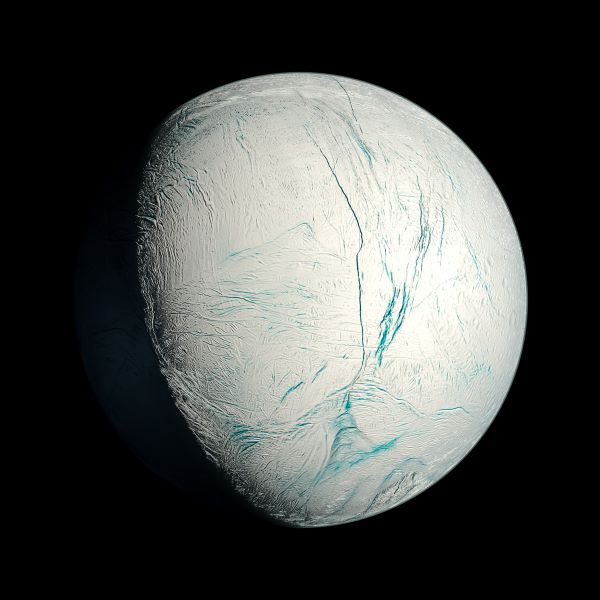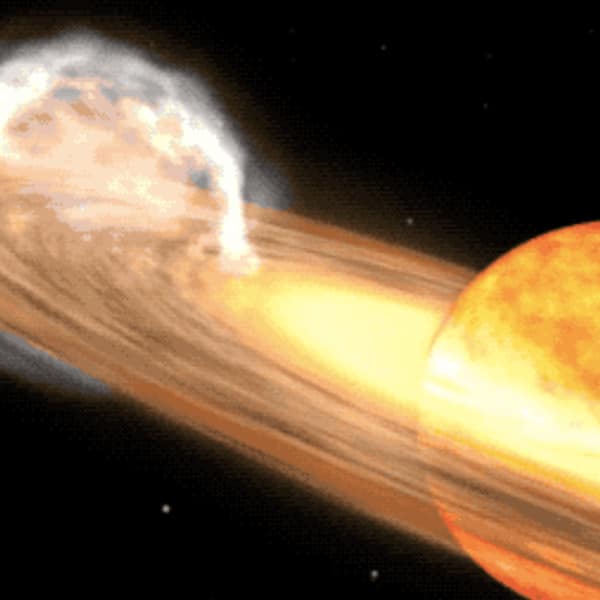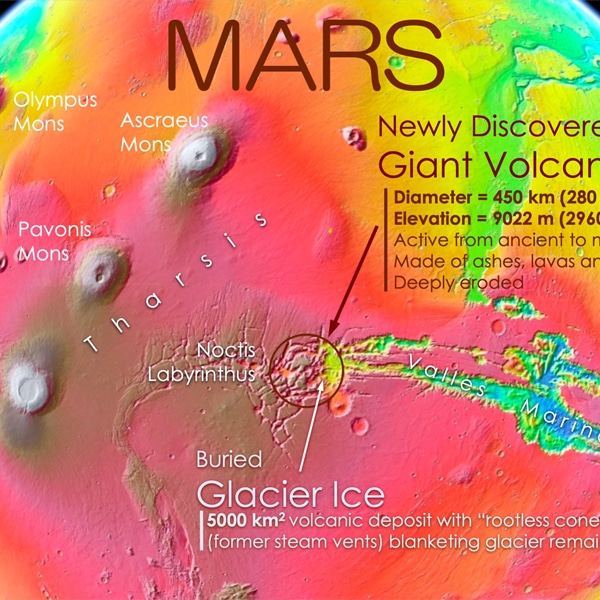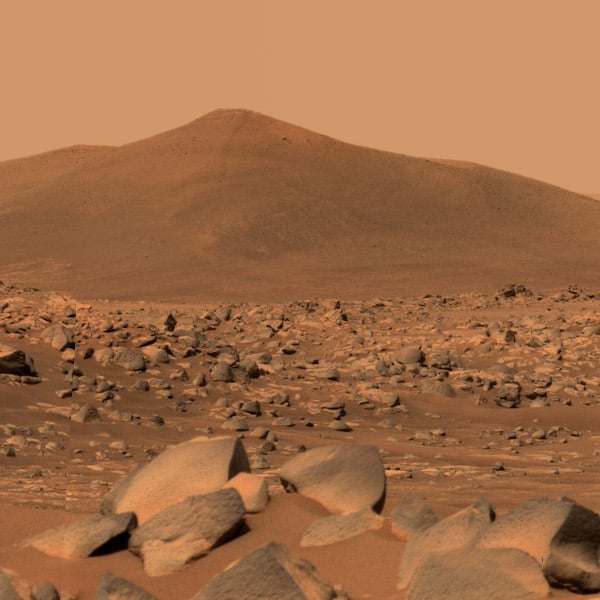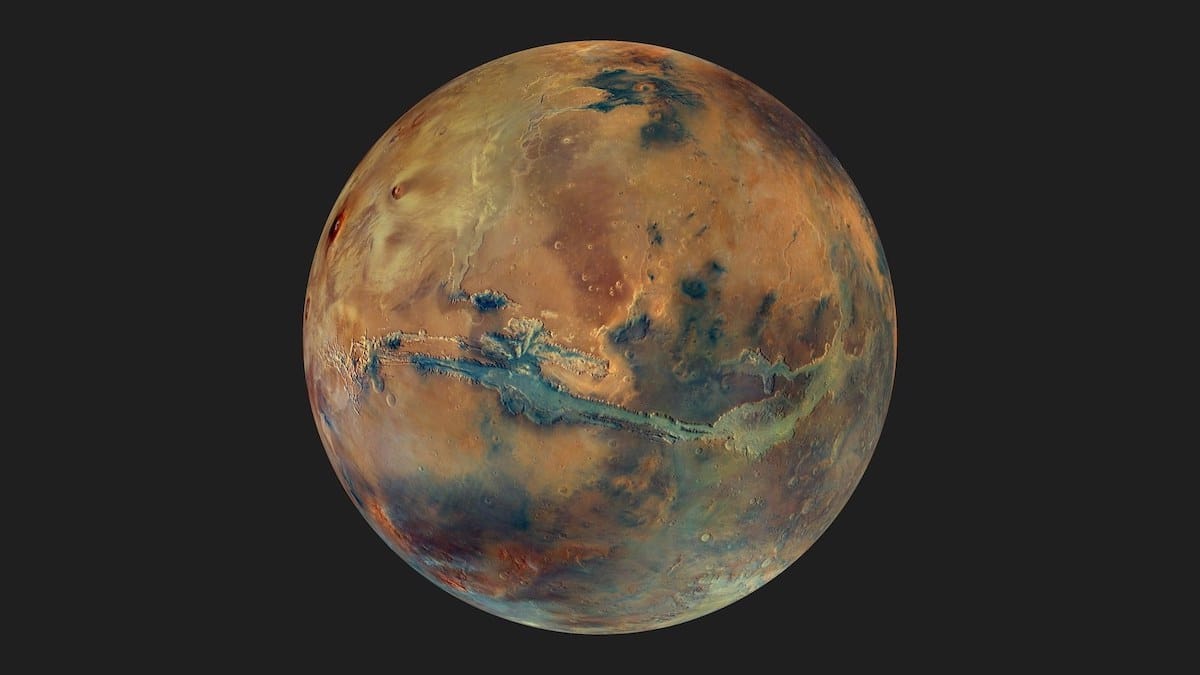
Photo: ESA / DLR / FU Berlin / G. Michael (CC BY-SA 3.0 IGO)
In June 2003, the European Space Agency (ESA) launched the Mars Express orbiter to investigate the surface and composition of the Red Planet. For 20 years, the spacecraft has been circling Mars, providing a wealth of information for scientists back on Earth. In celebration of this anniversary, ESA released new high-resolution photos of our neighboring planet, showcasing an unprecedented variation in color and composition.
These pictures highlight a mix of orange areas and gray-toned sections—the former representing oxidized iron while the latter is attributed to basaltic sands from volcanoes. There are also paler regions that contain clay and sulfate minerals, possibly suggesting the presence of water. Additionally, one of the most prominent features of the new images is the view of Valles Marineris, a system of canyons that cuts across Mars' surface.
ESA also celebrated the 2oth birthday of the orbiter with its first-ever livestream of the planet. The Mars Express took pictures every 50 seconds with the Visual Monitoring Camera and beamed them down to Earth for a stunning visual sequence. “This is an old camera, originally planned for engineering purposes, at a distance of almost three hundred million kilometers from Earth—this hasn’t been tried before and to be honest, we’re not 100% certain it’ll work,” explains James Godfrey, spacecraft operations manager at ESA’s mission control center in Darmstadt, Germany. Unfortunately, part of the livestream was interrupted due to weather issues at the ESA ground station in Spain, but the rest of the video is still incredibly illuminating.
When Mars Express was sent into space in 2003, it had a life expectancy of 687 Earth days. Amazingly, the orbiter has survived for two decades, leading to an abundance of research on the planet, especially in regards to identifying signs of past water on Mars and studying the Martian atmosphere. With its presence in space, over 170 PhD students were trained and over 1,800 papers were published. Right now, ESA anticipates the orbiter to remain in space until the end of 2026, hopefully leading to more amazing images such as these.
The European Space Agency (ESA) released new photos of Mars.

Photo: ESA / DLR / FU Berlin / G. Michael (CC BY-SA 3.0 IGO)
These images were taken by the Mars Express orbiter, which has been in space for 20 years.

Photo: ESA / DLR / FU Berlin / MOLA Science Team (CC BY-SA 3.0 IGO)
The spacecraft has helped identify traces of past water on the Red Planet and helped scientists study the composition of the planet and its atmosphere.
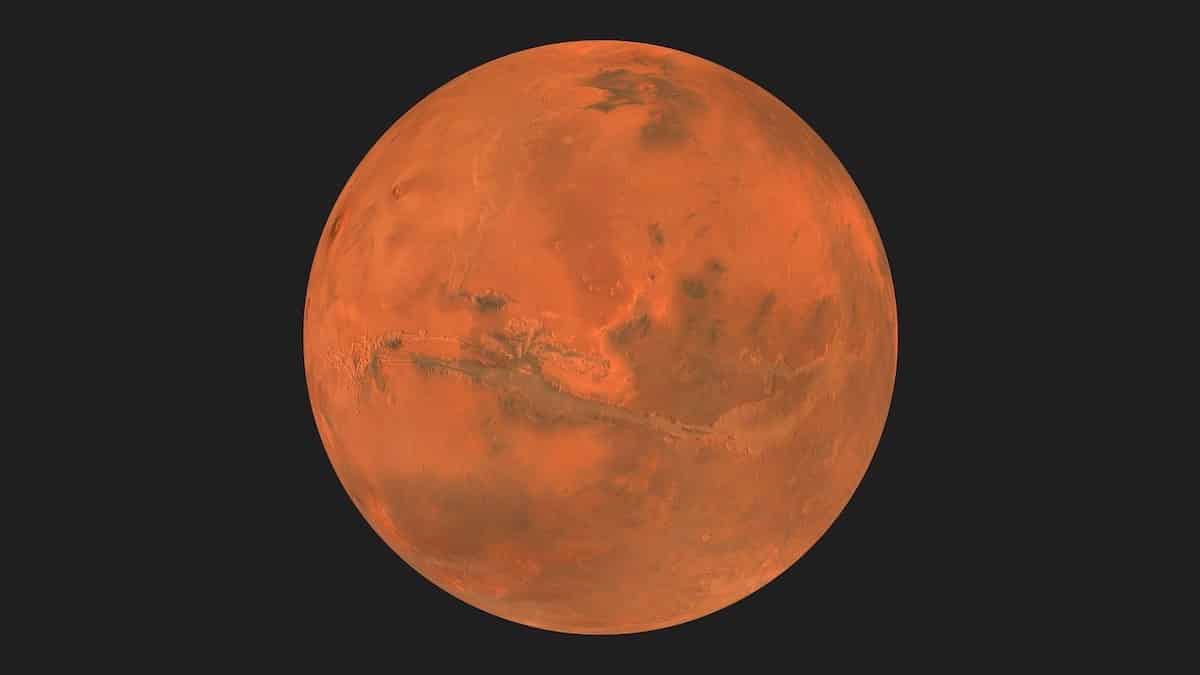
Photo: ESA / DLR / FU Berlin / G. Michael (CC BY-SA 3.0 IGO)












































































